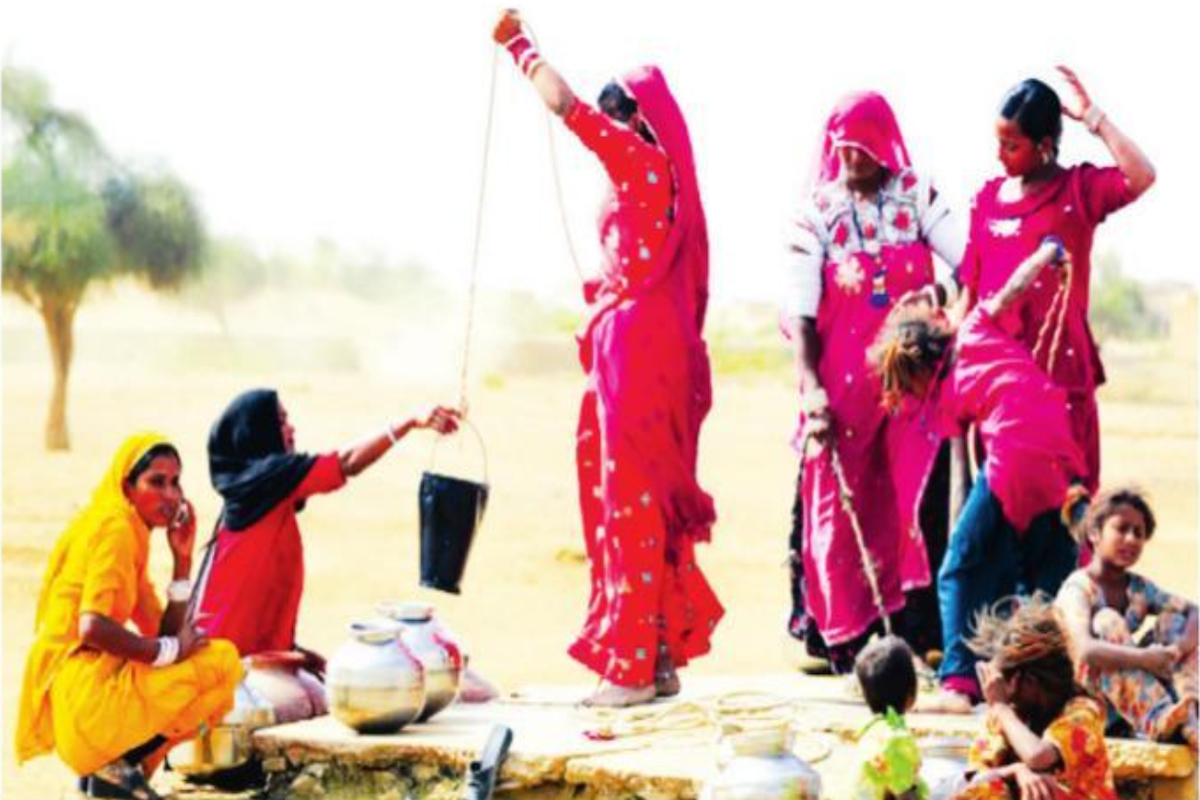Climate change is no more a distant possibility but a reality. The earth has undergone significant climatic alterations due to numerous human activities, resulting in global warming, extreme weather events, sea-level rise, forest fires, glacial retreats in the arctic, wildlife extinction, ocean surface warming, etc. The increased intensity and frequency of these occurrences are a threat to the survival of this planet.
South Asia’s geophysical location and socio-economic demographic backwardness make the region highly susceptible to climate change ramifications. South Asia has been experiencing climate change in the form of changing precipitation patterns, lethal and frequent heatwaves and humid heat stress, warming of the Indian ocean faster than the global average, melting of the Himalayan glaciers leading to floods, lake bursts and landslides and experiencing more intense tropical cyclones.
Advertisement
The combined impact of extreme rainfall, sea-level rise, river flooding and storm surges could increase the probability of flooding in major cities like Dhaka, Kolkata, and Mumbai. Furthermore, these climatic shifts could increase strain on the agricultural output, ecological balance, and freshwater resources and escalate the infrastructural damages, thus posing an existential threat to the region’s food, water, public health, energy, and biodiversity security.
Further, South Asia is one of the world’s most heavily populated regions, with 1.81 billion (2018) inhabitants. Also, out of the world’s total poor population of 736 million (2018), around 216 million poor reside in South Asia, making them one of the most notable segments of climate change impact victims. Seven hundred fifty million South Asians have already witnessed one or more climate change catastrophes in the past two decades, and an estimated 800 million South Asians reside in future climate change hotspots.
Moreover, a significant part of South Asia’s population depends on climate-sensitive sectors such as traditional fishing, agriculture, and forestry for their livelihood and day- to-day living, making them highly susceptible to climate change impacts. Hence this has led to projection of an average economic loss of $160 billion by 2030, which is 30 per cent of the global financial loss due to climate change and 7 per cent higher than the global average. More- over, by 2100, Bhutan is expected to face a loss of 18 per cent, Nepal 13 per cent, Pakistan 10 per cent and India 10 per cent. This is expected to give rise to 40 million climate migrants, mainly from the coastal regions of South Asian countries, which will soon become uninhabitable due to the sea level rise.
South Asia, a fast-developing region, expects 1.5 million people to enter the job market every year for the next two decades. And South Asian cities expect an urban population growth of 200 million by 2030. Though South Asia accounts for only 8.6 per cent of the global green- house gas emission (GHG), the region displayed a surge of 58.5 per cent in the emissions level primarily due to urbanisation and the multiplication of the middle class over the preceding decades.
This growth requires South Asian countries to focus on a systemic, just and a green transition, with a distinct priority on climate change for a safe tomorrow. And this must be quickly made part of the mitigation and adaptation action plan to avoid future climate change impacts because IPCC reports have stated that postponing the climate change mitigation measure could increase the overall mitigation cost by 50 per cent.
Having said that, South Asia is a region with a high potential to counter climate change by rebuilding its economies around cleaner energies, re-skilling its populations for high-productivity jobs and green job training and investing in resilient infrastructure. A study by the Inter- national Finance Corporation (IFC) has identified South Asia to have a potential of $3.4 trillion in climate-smart investment opportunities with a potential of over $950 billion in electric vehicles and green transport infrastructure for the period from 2018 to 2030 and a potential of investment worth more than $1.5 trillion in energy-efficient green buildings.
Decarbonising the economy is the key to reducing South Asia’s contributions toward the global emissions levels and being more environmentally conscious. Hence, South Asia needs to avoid investments in high emissions.
Bangladesh ranked as the world’s 7th most affected country from 2000 to 2019 with an estimated average annual loss to disaster at around $3 billion, or around one-to-two to per cent of GDP, and is the most climate change-impacted nation in the region. The recurrent and worsening coastal and riverine erosion, floods and cyclones affect one million Bangladeshis every year. The 14 coastal districts of Bangladesh are predicted to be the worst hit. This climate alteration is expected to affect the lives of 41 million Bangladeshis, making 12 million of them internal migrants by 2050.
Bangladesh has experienced rapid economic and social headway in recent decades, achieving lower-middle-income status in 2015. But the vulnerabilities caused by climate emergencies coupled with socio-economic barriers could raise the risk of many slipping back into poverty. By 2050, climate change is likely to cost Bangladesh a further two per cent of GDP on top of its baseline losses to climate hazards. This figure potentially rises to nine per cent of GDP by the end of the century if global mitigation action is not increased.
Similar Bay of Bengal coastlands and low-to-medium elevation lands in India and Bangladesh make both countries susceptible to equivalent climate change vulnerabilities, mainly due to the presence of vulnerable populations and frequent occurrences of powerful cyclones, rising sea levels and flash flooding.
The improved bilateral Indo- Bangladesh relation and collaborations with a lucidly laid climate-action roadmap could result in mutual and equitable benefits for the two geographically contiguous neighbours in tackling the climate emergency.
Moreover, cities, food, transport system, and energy account for over 90 per cent of regional GHG emissions. Critical measures are required in these fields to shift towards a high- productivity, high-value, high-growth trajectory and alleviate insecurities involving energy, food and nutrition, employment, and housing. Thus, a regional collaboration which strengthens the climate resilience of targeted systems combined with a robust financial system that can fund climate-smart transition could deliver the climate change transition smoothly and effectively.
Heavy, climate-smart investments in every sector are crucial for both countries to build resilience, boost economic growth and reduce emissions. Regional cooperation in climate and hydro-meteorological services and river basin management will allow South Asian countries to reform and harmonise climate policies, share data on collective risks and regional power market development and build trust through technical know-how and shared infrastructure. The acute asymmetrical regional power balance as India encompasses more than 75 per cent of the region’s GDP and is the world’s fifth-largest solar photovoltaic (PV) market with almost 50 GW of total installed capacity has the potential to significantly help its comparatively lesser developed neighbour, Bangladesh, to focus on climate action-centred development through its emphasis on carbon neutrality, food, energy, cities, and transport.
(The writer is Associate Professor, School of International Studies & Social Sciences, Pondicherry Central University.)











